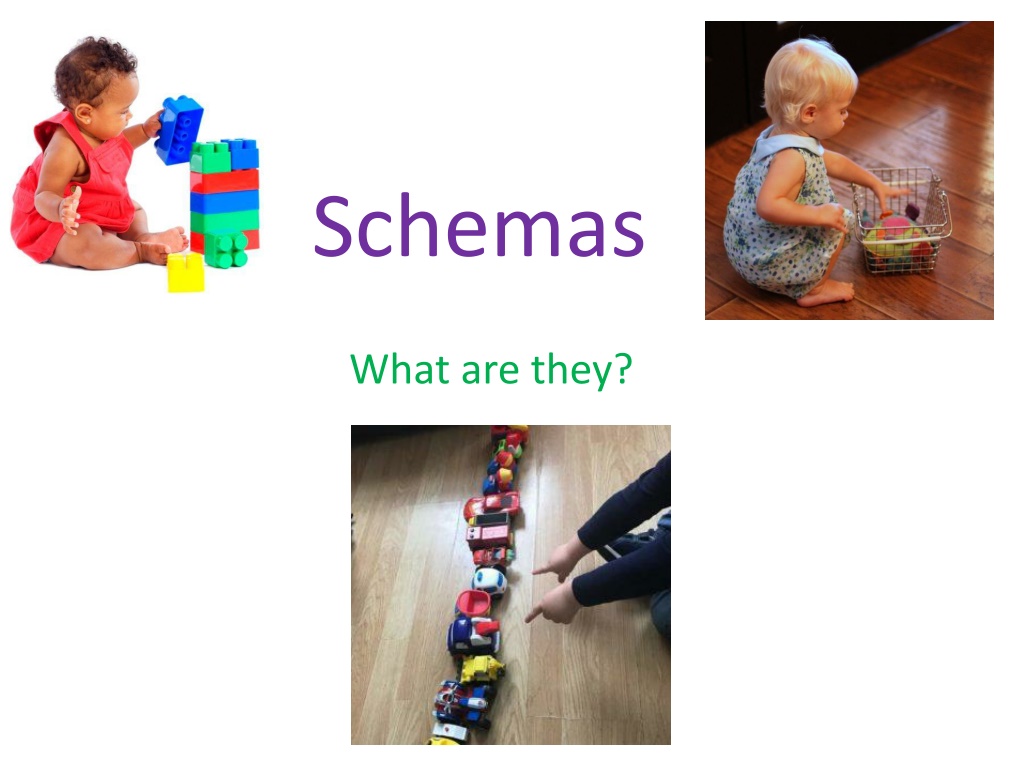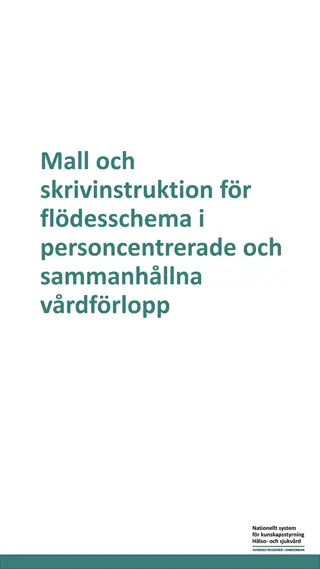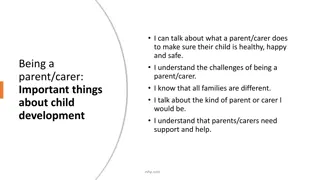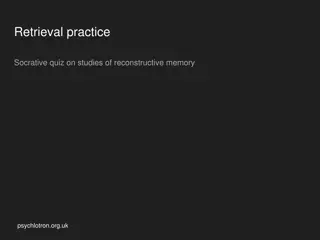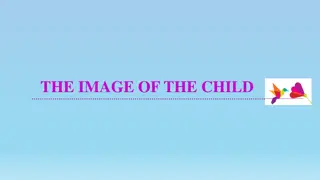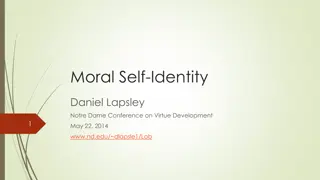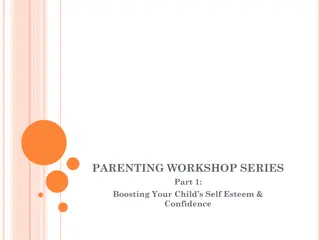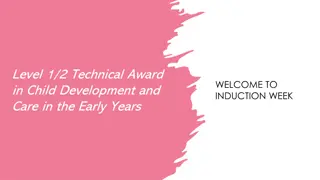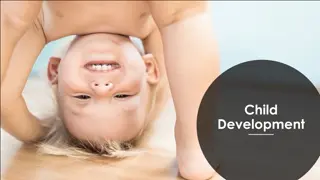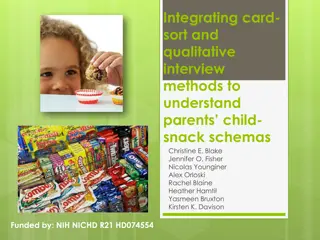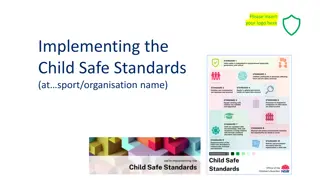Understanding Schemas in Child Development
Schemas are patterns of repeated actions exhibited by children during play, aiding in their cognitive and physical development. This article explores various types of schemas such as trajectory, enveloping, rotating, enclosing, transporting, connecting, transforming, and orienteering. Understanding these patterns helps adults support children's learning and exploration in a meaningful way.
Download Presentation

Please find below an Image/Link to download the presentation.
The content on the website is provided AS IS for your information and personal use only. It may not be sold, licensed, or shared on other websites without obtaining consent from the author. Download presentation by click this link. If you encounter any issues during the download, it is possible that the publisher has removed the file from their server.
E N D
Presentation Transcript
Schemas What are they?
"A schema is a pattern of repeated actions. Clusters of schemas develop into later concepts" (Athey, 2007). There are many different types of schemas. Sometimes the activities may seem a little strange or even irritating to adults, but to the child, it s a necessary step in their understanding of the world and themselves.
Trajectory Creating lines in space by climbing up and jumping down. Dropping items from up high. Sometimes they will come through as what we might once have seen as 'inappropriate behaviour' such as throwing objects in enclosed spaces or climbing on the table.
Enveloping Covering themselves or objects completely. Wrapping items up or placing them in containers. Playing games like peek-a-boo
Rotating Enjoys spinning items round and round. Likes to run around in circles or being swung round. Drawn to wheels on small world toys Likes looking at the washing machine
Enclosing Adding boundaries to play areas e.g. fences around animals. Adding borders to pictures. Likes to hide in cupboards and crawl into boxes.
Transporting Carrying or moving items from one place to another; carrying items in containers or bags. Transporting water to the sand pit
Connecting Setting out and dismantling tracks, constructing, joining items together with tape or glue. Building a tower and then wanting to knock it down
Transforming Exploring the changing states of materials, transforming them from a solid to liquid state and back again. Messy play is good to explore this schema. What happens when you mix things together?
Orienteering An interest in positioning themselves or objects in different places or positions. Looking upside down or on their side.
Positioning Lining items up and putting them in groups.
